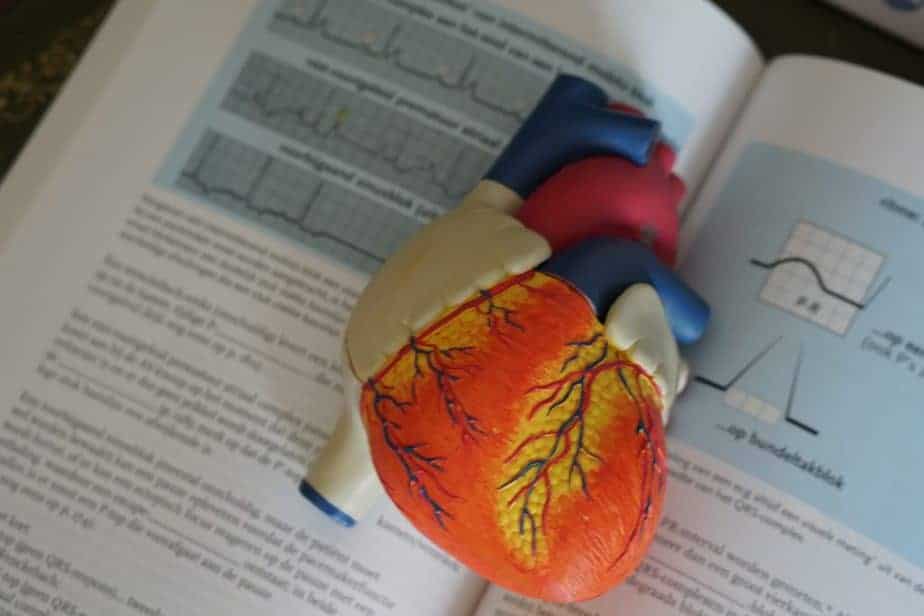STUDY TITLE: HDAC9 is implicated in atherosclerotic aortic calcification and affects vascular smooth muscle cell phenotype
SUMMARY: Identification of 2 novel genetic variants associated with aortic calcification.
OVERVIEW: The aorta is one of the main arteries in the heart that helps pump blood to the rest of the body. However, plaque called ‘calum deposits’ can build up around the aorta, resulting in a reduction of blood flow. This process characterizes aortic calcification, a condition that can be an indicator for a variety of other cardiovascular diseases. To gain a better understanding of genetic factors that contribute to this condition, this study analyzed the genomes of over 17,000 individuals of European, African American, and Hispanic American ancestry. Two genetic variants, in HDAC9 and RAP1GAP genes, were discovered. The product of the HDAC9 gene regulates the packaging of DNA inside the cell which controls the activity of other genes. Low expression of the HDAC9 gene was associated with low aortic calcification.
DID YOU KNOW? To reduce plaque buildup that leads to this condition, doctors suggest eating a healthy diet with low saturated fats, exercising regularly, maintaining a healthy weight, practicing good dental hygiene, as well as abstaining from alcohol and drug consumption.[SOURCE]
SAMPLE RESULTS: Learn more about the Nebula Research Library.

VARIANTS ASSOCIATED WITH AORTIC CALCIFICATION: rs57301765, rs4654975
ADDITIONAL RESOURCES:
Risks of Aorta Calcification
Calcium Deposits
HDAC9
WEEKLY UPDATE: November 9, 2019
